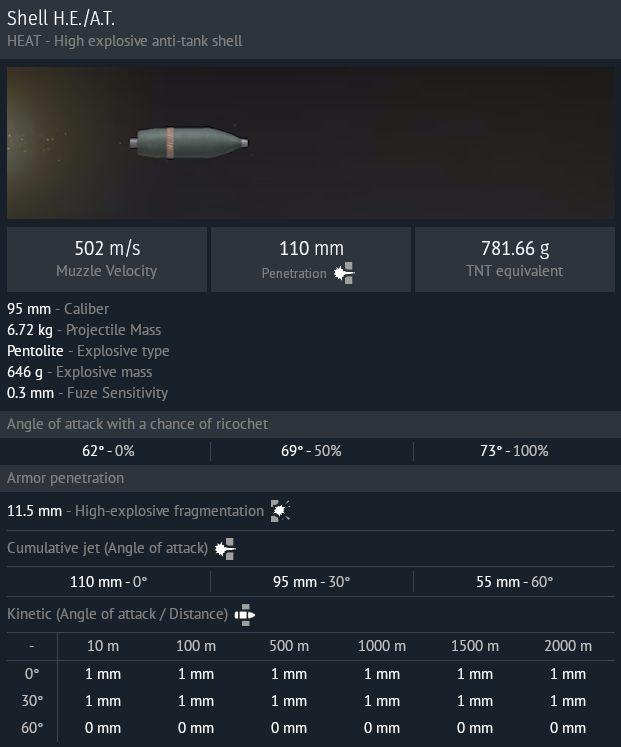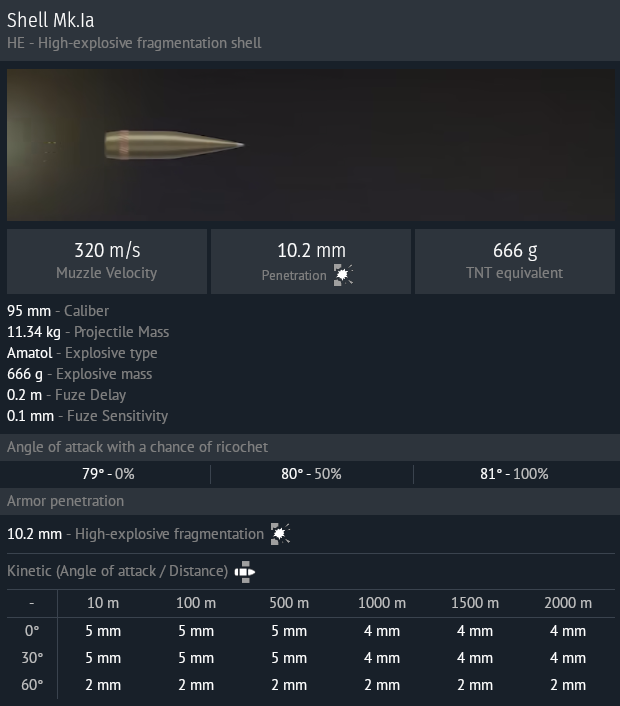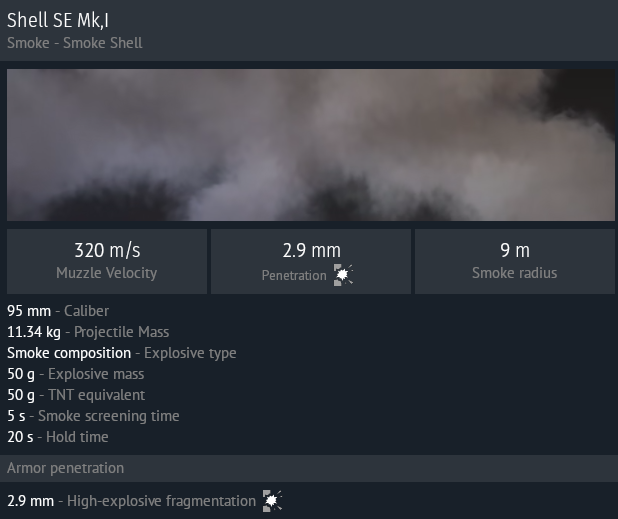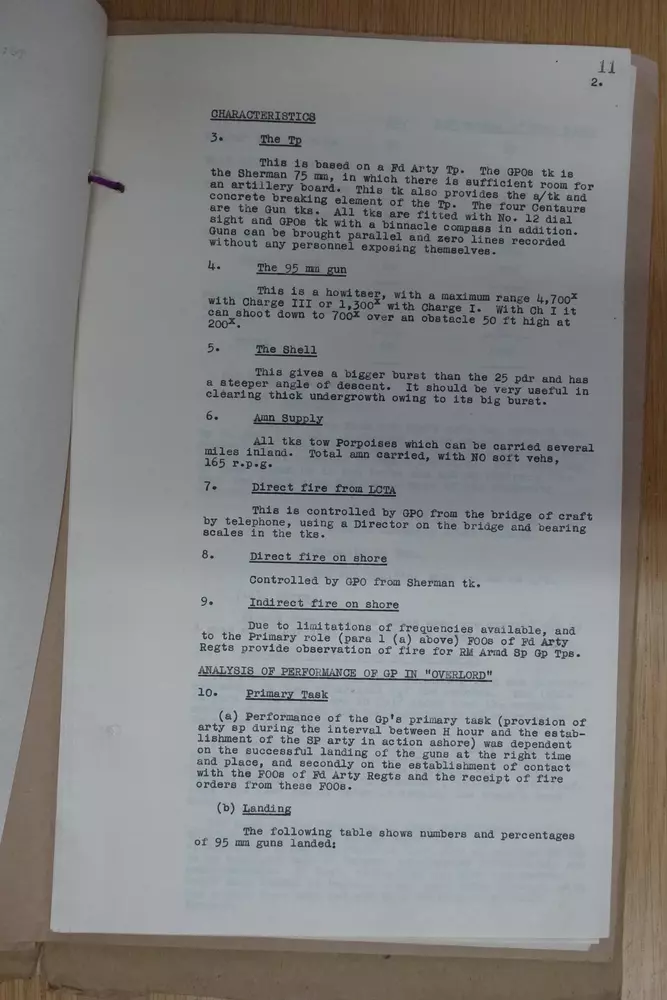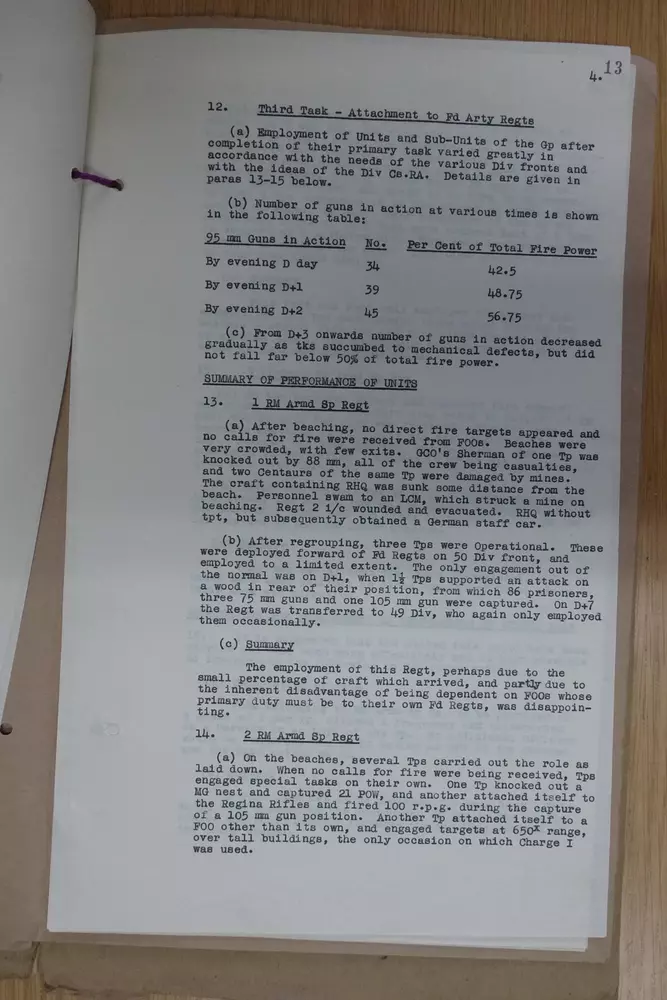- Yes
- No
Tank, Cruiser, Centaur MK IV CS (Close Support)

Design and service history:
The Cruiser Tank Mk VIII Centaur (A27L) has its origins in the convoluted design and development process of the Cromwell, with the main distinction being that it was powered by a Liberty engine. The design was overall not a great success in of itself, but many Centaurs were converted or completed as Cromwells, and in this form, many would see combat on the western front on the closing days of World War Two.
The Centaur started as a tank design from Rolls Royce, that was powered by a converted Merlin engine, also known as the Meteor tank engine. This design was intended to resolve the cooling issues experienced by the Covenanter cruiser tank, along with a potential way to correct the issues with the comparatively low-power Liberty engine currently being placed in British tank designs at the time.
This choice was soon reneged on though, with Leyland initially agreeing to produce the tanks with the Meteor, before backing out and returning to building with the Liberty engines. At this point, the constant faffing from the manufacturers was creating supply issues, and the Ministry of Supply stepped in to try and resolve the issue. The end result was a compromise in which English Electric and the Birmingham Carriage & Wagon Company would continue to produce the Meteor-powered A27M Cromwell III, while Leyland would be allowed to produce their own variant powered by the Liberty under the name A27L. Part of this compromise was the ability to modify the A27 to take either engine, and as such it is unknown how many Centaurs were re-engined to Cromwell standard as the war progressed, but it is thought to be a significant proportion.
With this deal in place the first Centaur was completed in July of 1942. Initially they were known by the name Cromwell, but soon enough three designations were put in place to differentiate the A27 tanks to ease logistics, that being the Cromwell, Centaur and Cavalier in order of production numbers. During trials the Liberty engine as expected produced a shorter lifespan and was far less reliable in the Centaur due to its increased weight over the Crusader. This was highlighted during operation Dracula, where as part of a 2,300 mile trip to various armoured bases the Centaur was found to be the least reliable out of the 4 tanks tested. Further modifications ensued after this shameful display and the Centaur was again tested against the Cromwell, where the Cromwell continued to show its reliability against the shambling mess that was the Centaur.
The issue was as straightforward as the fact that the Liberty engine simply wasn’t strong enough to power the weight of the tank, and as such it was unable to cope. In the face of this failure, large-scale production still took place, with a total of eight different industrial groups eventually producing the Centaur during its production run. The exact number of Centaurs built is not known, due to the large number converted to Cromwell standard. but most numbers place it between 1,750 and 1,800 tanks manufactured with the majority armed with 6-pounder guns, rendering them unsuitable for front-line service as re-engined Cromwells.
The Centaur IV close support tank was a specialized variant of the Centaur, that saw combat service during the D-day landings. This would mark the only time where a Centaur variant would see combat when they were deployed to Europe with the Royal Marines Assault Regiment. This was a special unit specifically formed to provide heavy fire support for the Royal Marine Commandos that would be deployed during D-day and support their push into France.
The Centaur IV differed from other variants by possessing an Ordnance QF 95 mm howitzer in place of the normal QF 6-pounder, equipped with 51 rounds of ammunition. The initial plan had been for the tanks to operate from the decks of Landing craft in order to provide direct fire support. For this the engine was to be removed and no driver was carried, but this was soon deemed unfit, and the Marines re-installed the engines so that the tanks could immediately push inland upon making it to the beach. Eighty tanks were prepared for this role, but only 48 would actually be deployed on D-day with others following there after in the subsequent waves over the coming days. The idea for the Centaurs to fire from their landing ships was retained though, and as such they were given special calibration markings on the turrets so spotters on the beach could help direct fire. These markings can still be seen on preserved examples along with the photos of them in service in France, as seen in the historical photos on this suggestion. A grand total of 114 Centaur MK IV CS were produced during the war, and like the other Centaur variants, they were soon removed from service post-war, as downsizing made them unfavourable to retain over their Cromwell counterparts.
Vehicle specification:
Weight
27.5 long tons (28 tonnes)
Length 6.35 m
Width 2.908 m
Height 2.49 m
Crew 5 (Commander, gunner, loader/radio operator, driver, front gunner)
Armour 20-76 mm
Main armament Ordnance QF 95 mm howitzer with 51 rounds
Secondary armament 2 x 7.92 mm Besa machine gun with 4,950 rounds
Engine Nuffield Liberty V12 petrol 385 BHP at 1700 RPM
Power/weight 13.8 hp/tonne
Transmission Merritt-Brown Z.5 gearbox (five forward and one reverse gear) driving rear sprockets
Suspension Improved Christie
Ground clearance 40,6 cms
Fuel capacity 500 L + optional 130 L auxiliary
Operational range 265 km on roads, 117 Km cross country
Top Speed: 26.7mph (43 km/h)
Additional historical photos:

Sources:
- Cromwell tank - Wikipedia (Wiki page outlining the convoluted story of Cromwell production that lead to the centaur)
- Panzerserra Bunker- Military Scale Models in 1/35 scale: Centaur CS Mk IV - Royal Marines - case report (Additional history of the centaur)
- Mk IV Centaur tank (Vehicle specification)
- A27L Cruiser Mk.VII Centaur (1943) (Tank encyclopedia article for the centaur)








